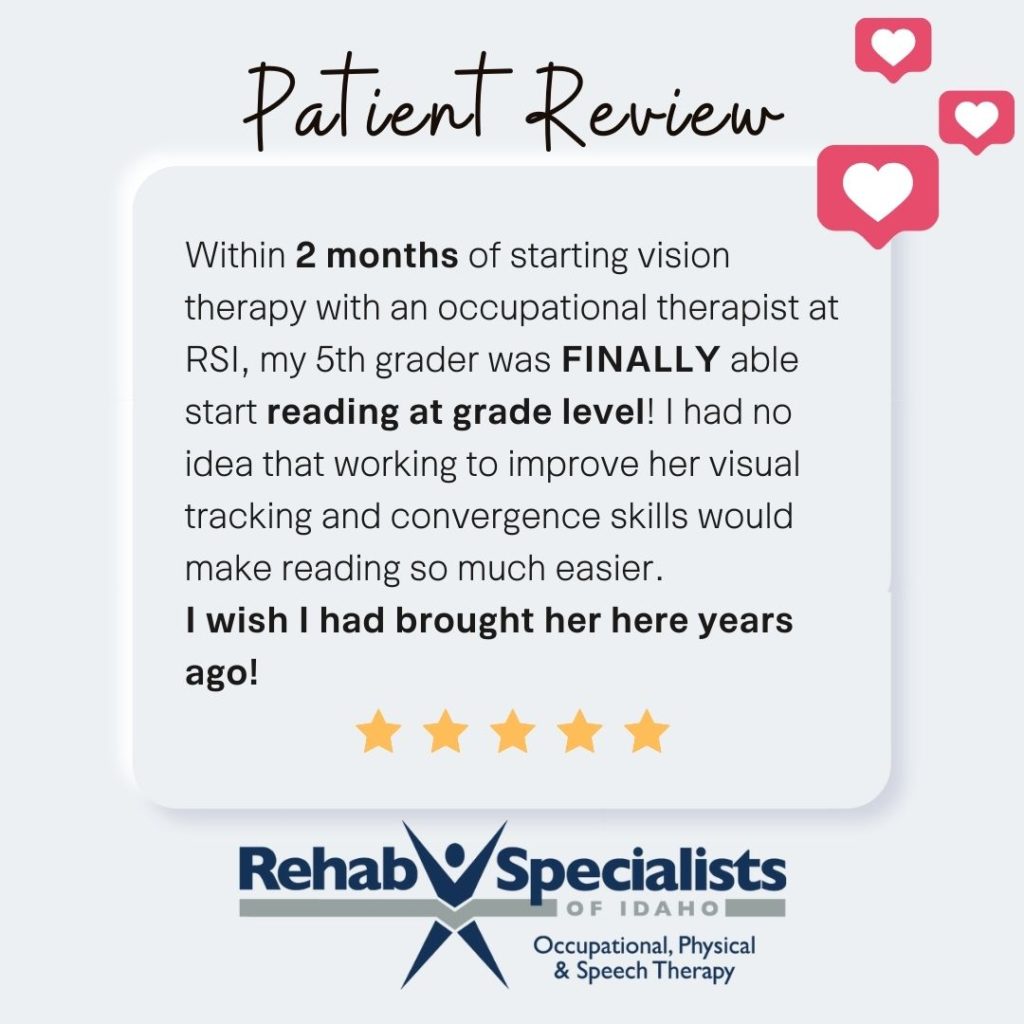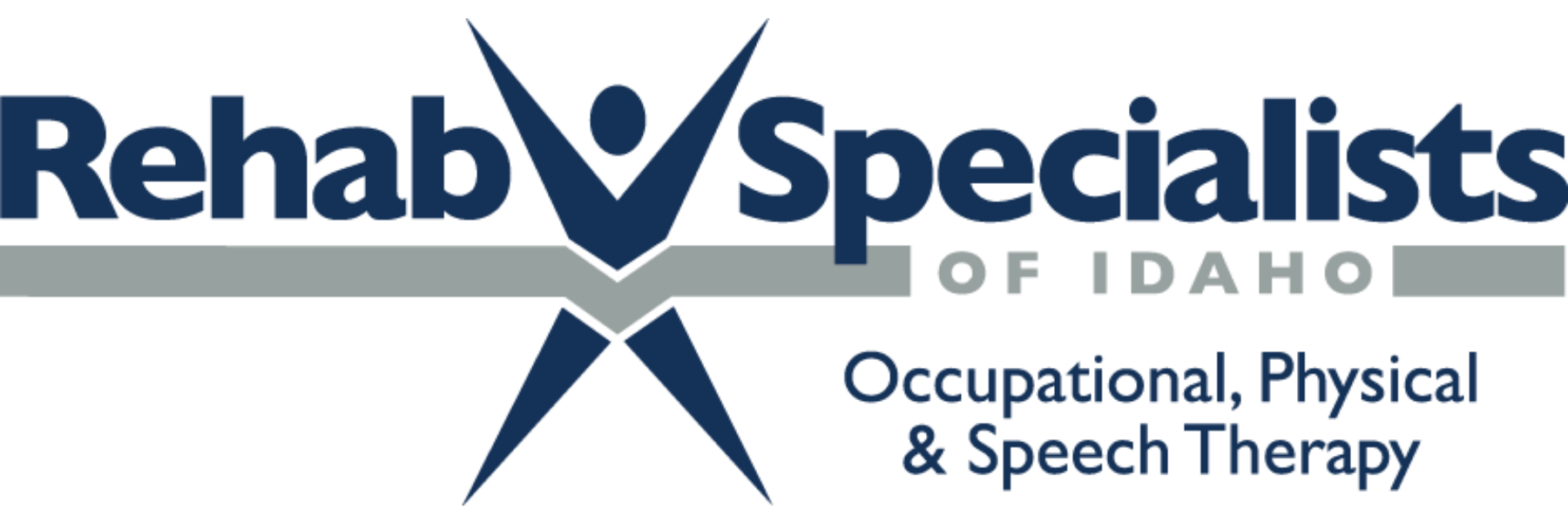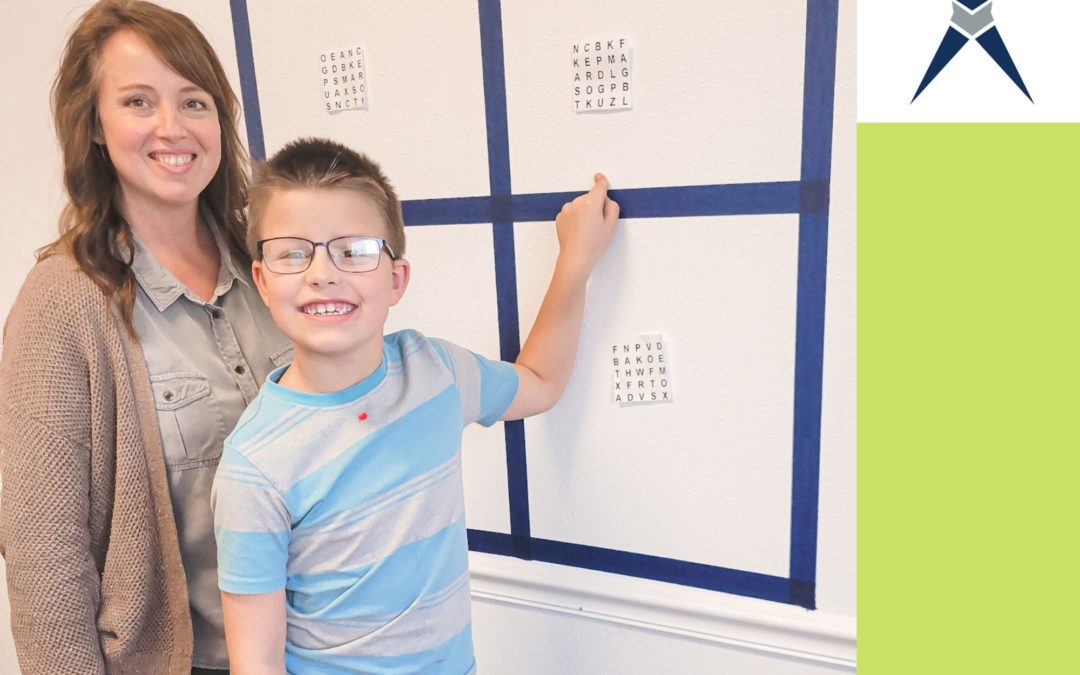Did you know that for many children increasing their capacity to focus, improving eye-hand-coordination, improving reading, and exceling in school involves training their eyes? The same goes for countless adults who struggle with the visual effects of multiple sclerosis, brain injury, stroke, concussion, and Parkinson’s disease.
Research shows that 1 in 10 children have vision problems that affect their learning. We all know and accept the fact that if you want to increase your capacity to lift heavy things, you need to exercise your arm and leg muscles. The same is true for your eyes!
Working on your eyes within Occupational Therapy
Visual-motor and visual-perceptual treatment is something that is growing in popularity as research shows its effectiveness, but most insurance companies will still pay very little, if anything, towards vision therapy with an optometrist. Luckily, according to the AOTA, vision is part of an individual’s sense, therefore when this sense is impaired, occupational performance decreases–allowing for visual-motor and visual-perceptual treatment to be within the OT scope of practice—something that nearly every insurance company will cover.
According to HealthU, visual-motor and visual-perceptual treatment is a way to help maintain or improve visual skills, visual processing, visual endurance and interpreting of visual information. The goal of working with a patient’s eyes is to make visual tasks easier, more efficient and more comfortable for adult and pediatric patients.
Visual-motor and visual-perceptual treatment can address a variety of symptoms and functional complaints, including:
- Blurry vision
- Difficulty reading
- Difficulty tracking moving objects
- Double vision
- Eye fatigue
- Eye strain
- Light sensitivity
- Missing vision/visual field cuts
- Poor visual endurance
- Problems with peripheral vision
- Vision induced headache or dizziness
Some examples of visual treatment include:
- Eye exercises to improve range of motion, tracking (steady eye movement) and convergence (changing focus from far away to nearby) skills which can be important for activities such as reading and computer use.
- Peripheral awareness training for improved ability to interact with the environment without loss of balance or dizziness.
- Visual perceptual activities such as puzzles and shape/pattern recognition or copying.

If you’re unsure if you, your child, or your parent would benefit from visual-motor and visual-perceptual treatment with an occupational therapist, simply schedule a free screening with one of our many occupational therapists to ‘see’! Give us a call at 208-359-9570 to schedule.

